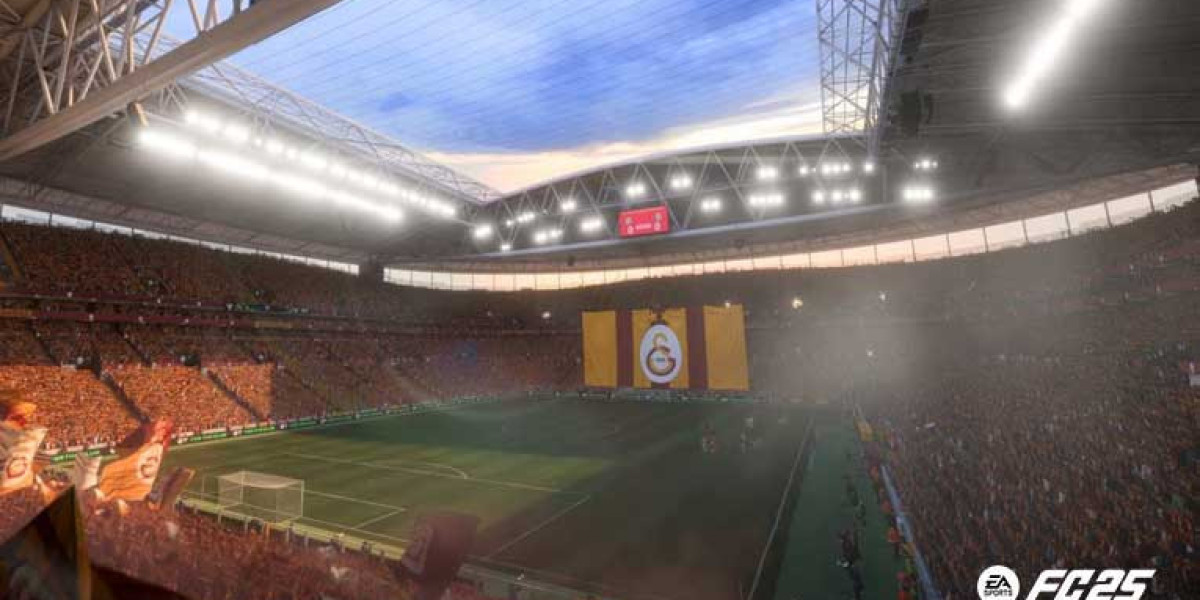In the defence sector, vision equals advantage. The ability to detect, identify and respond to threats rapidly and accurately can be decisively enabled by Military Electro Optical Infrared Systems Market. This market is growing steadily, reflecting the strategic importance of advanced sensing.
Industry Overview
EO/IR systems merge optical and thermal imaging to provide comprehensive vision capabilities across multiple theatres. They serve in role-sets including surveillance, targeting, navigation and reconnaissance. Mounted on platforms ranging from unmanned aerial vehicles (UAVs) to armoured fighting vehicles and warships, these sensors are now an integral part of military equipment. As threats diversify — from drones and anti-access/area-denial (A2/AD) environments to hybrid warfare and maritime security — so too does demand for more capable, adaptable EO/IR solutions.
Market Outlook
Growth projections indicate a compound annual growth rate of approximately 6 % through 2030, resulting in market value exceeding USD 10 billion by then. Driving factors include rising defence outlays globally, technology maturation (smaller detectors, better image processing), and increasing urgency of operational readiness in contested zones.
Key Players and Their Roles
Key industry participants such as Lockheed Martin, Northrop Grumman, Thales, Leonardo and Elbit Systems are actively shaping the competitive space. These companies engage not only in product development, but also in strategic collaborations, geographic expansion and acquisitions to meet the evolving demands of modern militaries. Their work spans high-end systems for fighter jets and warships, as well as lighter, flexible payloads for unmanned systems and land platforms.
Segmentation & Growth Trends
The market is structured by type (infrared, laser, image intensification, etc.), by sensor technology (scanning vs. staring, multispectral vs. hyperspectral) and by platform (airborne, land-based, naval). Within these segments, image intensification continues to capture substantial share owing to its long-standing field presence, while hyperspectral sensors are growing rapidly as new detection capabilities become required. Geographically, North America remains the leader, but expansion in Asia-Pacific and the Middle East is fueling global growth.
Conclusion
The EO/IR systems market exemplifies how capability-led innovation intersects with strategic defence priorities. For defence contractors, sensor manufacturers and allied suppliers, the imperative is clear: deliver smarter, faster and more resilient sensing solutions. The opportunity is significant — and the demand is real.







